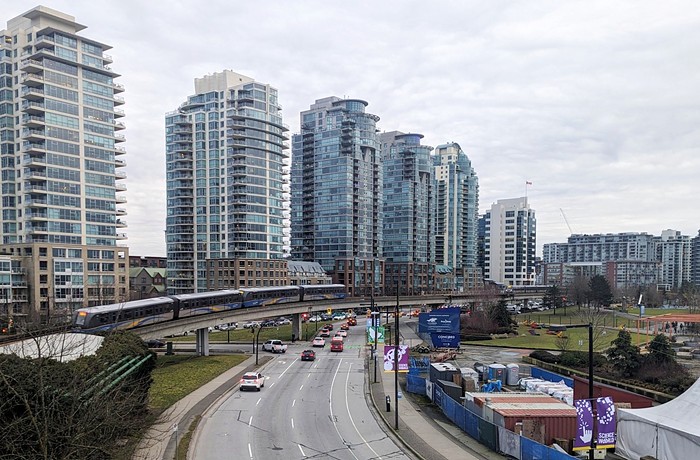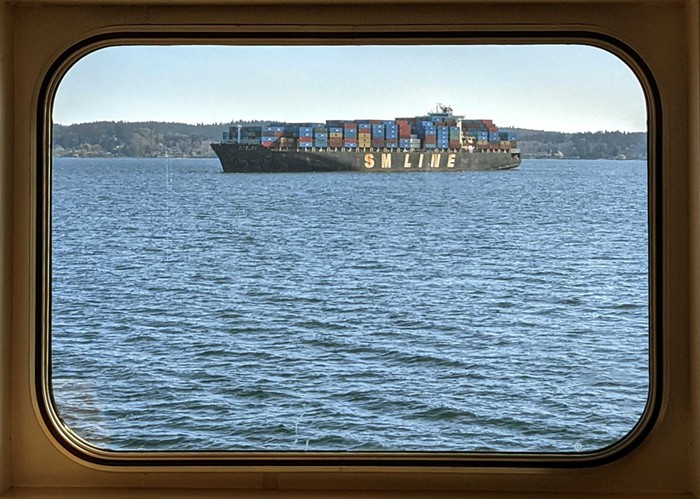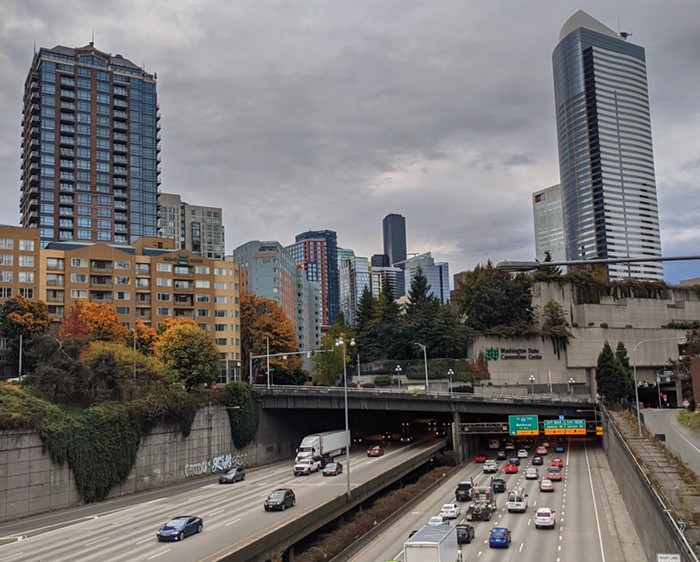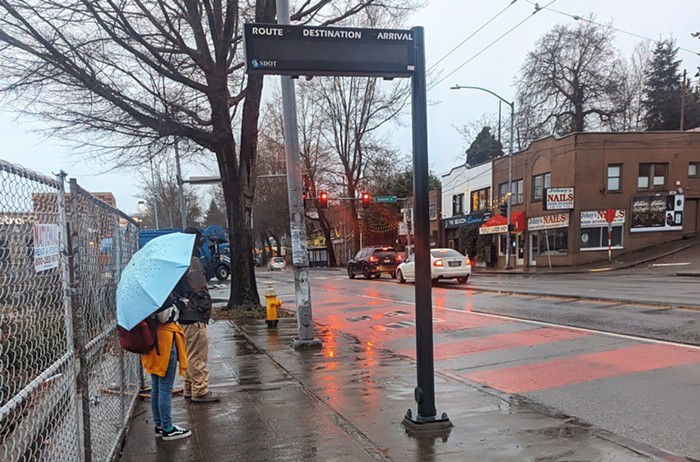Let's begin with what has to be the most important reading of the deadly accident that destroyed a huge section of Baltimore's Francis Scott Key Bridge on March 26, 2024. It appears near the middle of a NBC News report with this headline: "Why the Baltimore bridge stood little chance against a fully loaded cargo ship." It takes the form of a statement made by Roberto Leon, "a structural engineer at Virginia Tech." According to his perspective, which is, of course, a professional one, "while engineers try to account for 'extreme events' during the design and construction process, 'when this bridge was built, there were no ships of this size.'"
And there you have it. That bridge, which was completed in 1977, had no chance against a 21st-century cargo ship carrying 4,700 containers. Indeed, the builders and designers of the bridge could never have imagined, and therefore factored in, a ship like the Dali, which, despite being nearly 1,000 feet long and able to carry a confounding 10,000 standard containers, is not is not even one of the behemoths of today's seven seas. There are ships out there that can carry twice as many containers. And keep in mind that when construction began on Francis Scott Key Bridge, container-ship capitalism was still in its infancy.
Please everybody reorient your sense of scale about what happened here pic.twitter.com/kwlTUIQSdA
— Joseph Rezek (@RezekJoe) March 27, 2024
Let's turn to the book that makes sense of the present economic situation. It's not old (it was published in 2020), and it's not written by Marxists or socialists or anything like that, but rather by business journalists, Matthew C. Klein and Michael Pettis. The full title of the book, which can be read in two or three days (it's not technical): Trade Wars Are Class Wars: How Rising Inequality Distorts the Global Economy and Threatens International Peace.
According to these authors, a big component of what many social theorists and historians call capitalism's second era of globalization (the first happened at the end of the 19th century) is the containerization of the economy. This mode of transportation did not exist in any meaningful way in the 1960s, and it found its first major opening not in the market but in war, the American war in Vietnam.
Matthew C. Klein and Michael Pettis write:
[Due to issues concerning logistics and theft, the] U.S. Army hired Malcom McLean, the original innovator of container shipping, to build and operate a container port at Cam Ranh Bay. He had two conditions: each box would be packed with a single type of item, and each box would be packed for a specific unit, which would be responsible for returning it. Within months, McLean had solved the army’s logistics problem and shown the world what was possible with containerization.
Malcom McLean is now called "The Father of Containerization." The year he first made his mark on the history of capitalism is 1966. By the time the construction of the Francis Scott Key Bridge began (and its design by engineers was settled), 1972, containerization was still in its infancy. Its future was at this point mostly unknown or unreadable to the builders of bridges and the dreamers of tomorrowland.
But a few years afters cars and trucks started crossing the 1.6 mile steel structure that pragmatically (or, put another way, gracelessly) spanned the Patapsco River and celebrated the name of the man who wrote America's national anthem, "The Star-Spangled Banner," container ships were fully embraced by the captains of a new form of capitalism, one that had abandoned a post-war order broadly defined by the Bretton Woods Conference of 1944 and Keynesian (but I would add Whitean) social and fiscal commitments. We now call this period neoliberalism, which is synonymous with trickle-down-economics and globalization.
By the time the bridge was struck by the Sri Lanka-bound Dali and collapsed as if it were made with glue-all and toothpicks, ships on average, according to Matthew C. Klein and Michael Pettis, carried "about ten times as many containers as they did during [the Vietnam War]." Couple that fact with the one that rates Baltimore's port, by American standards, as second-rate. (Seattle's and Tacoma's are equally third-rate.) This is an ordinary port doing ordinary business. Nothing exceptional in any of this but that the economy we have today, even at a mediocre level, is far more intense and massive than anything found during the Nixon years.
To make matters more vivid, or depressing, the US, which promised to rebuild the broken bridge with federal money, may never be able to build bridges that can withstand such blows and dangers. The price tag on that kind of engineering and retrofitting would break the back of our water-land infrastructure. It would be better to just not bother building bridges near ports and to let the container ships grow and grow to cut costs more and more and cross the seas with the stride of Godzillas.
NBC News:
Kevin Heaslip, director of the Center for Transportation Research and a professor of civil and environmental engineering at the University of Tennessee, Knoxville, said the cost of designing bridges to withstand fully loaded cargo ships like the Dali would 'be so high that we wouldn’t be able to have any bridges.'
This is where we are now. Our stage of capitalism is so extreme, so out there, so inhuman that not only can we not build an adequate infrastructure for it, but we can't stop it from destroying our planet.




















